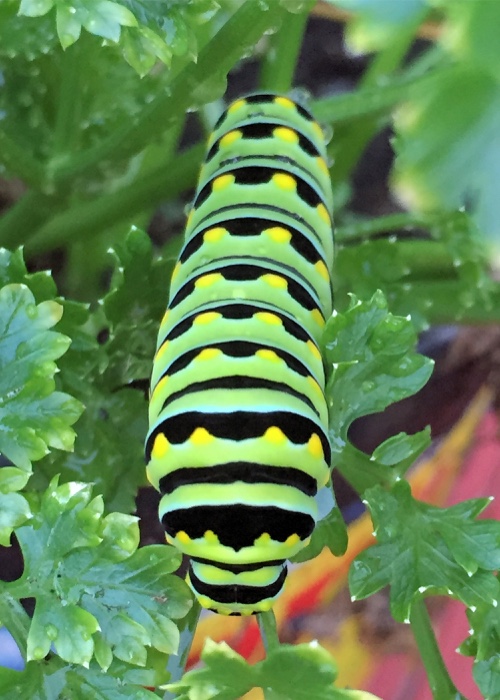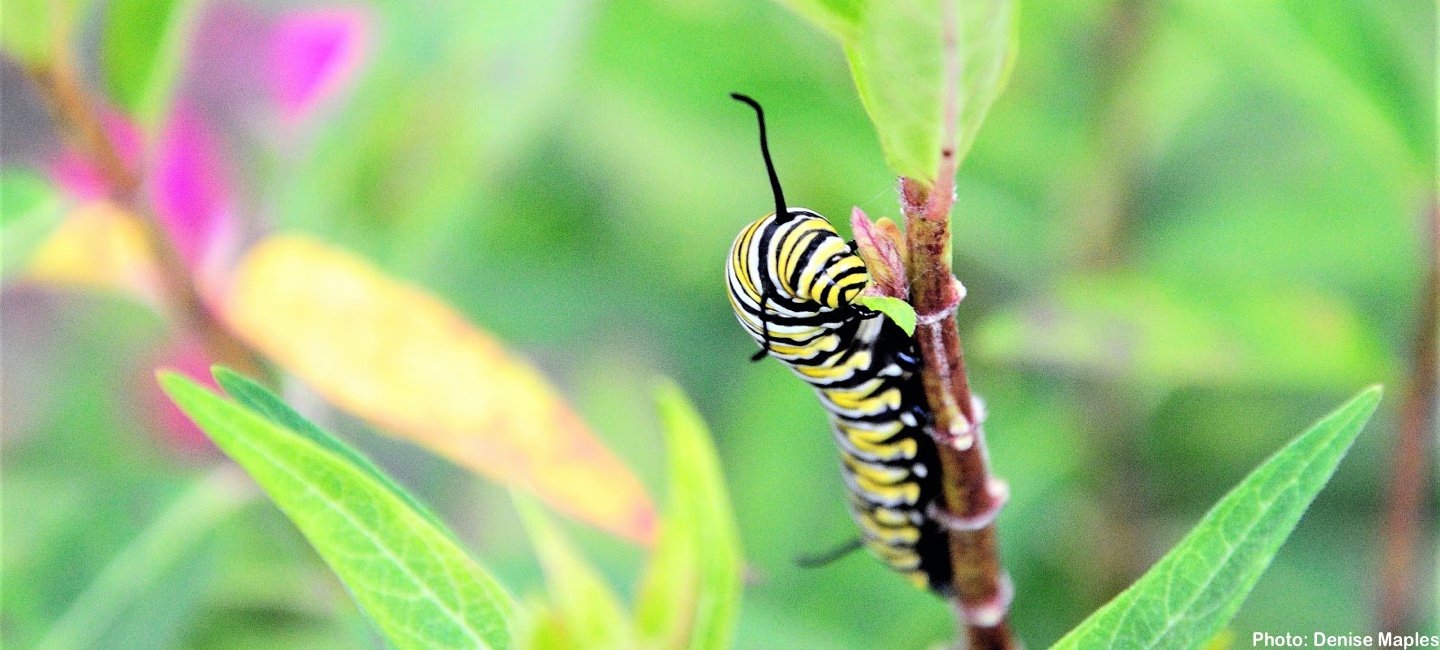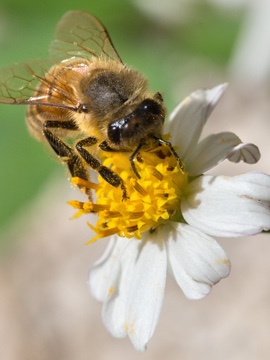Go on a caterpillar hunt. There are so many different kinds of butterflies and moths. Caterpillars are the larvae of butterflies and moths.
Let’s Get Started
Head outside in your own yard, neighborhood, at a nearby park and look for caterpillars or signs of caterpillar activity.
Great!
Great!
SEARCH:
For signs that caterpillars have visited a plant. Many bugs leave holes in leaves. Bugs like beetles make holes in the middle of a leaf. Caterpillars begin at the edge and work their way inward.
Awesome!
Awesome!
COUNT:
How many caterpillars can you find? Can you find different kinds of caterpillars? Did you find any cocoons?
Great!
Great!
LOCATE:
Having trouble spotting them? Caterpillars are usually found on the underside of leaves, or flowers.
Good Job!
Good Job!
IDENTIFY:
Caterpillars can vary in size, be hairy or smooth, spotted or striped, brightly colored, or camouflage green. If you know what kinds of caterpillars you found, great! If not, draw the caterpillars in your Nature Notebook and look them up later.
Good Job!
Good Job!
LISTEN:
Caterpillars are not known for being the noisiest of creatures, there are still sounds to listen for. Though humans can’t usually hear all of the sounds of caterpillars, plants can hear caterpillars eating them.
Document Your Discoveries

Photo: Janine Oxer|
- Draw and describe your caterpillars in your Nature Notebook.
- What else did you spy? Note the kinds of plants where you found caterpillars.
Bonus: Come back and visit the area during your next #GreenHour to see if your caterpillar is starting to evolve. Note the dates and how they change as time passes. Will they become a moth or butterfly?


